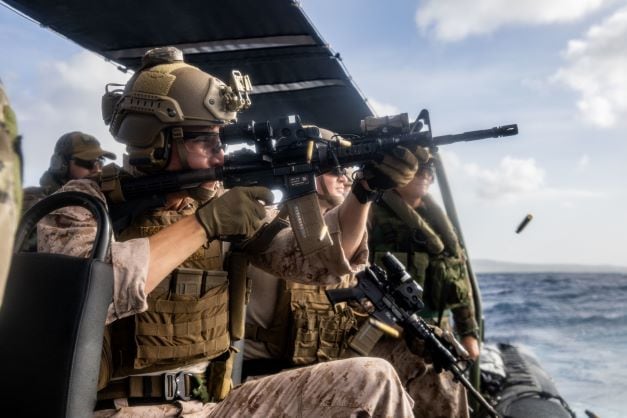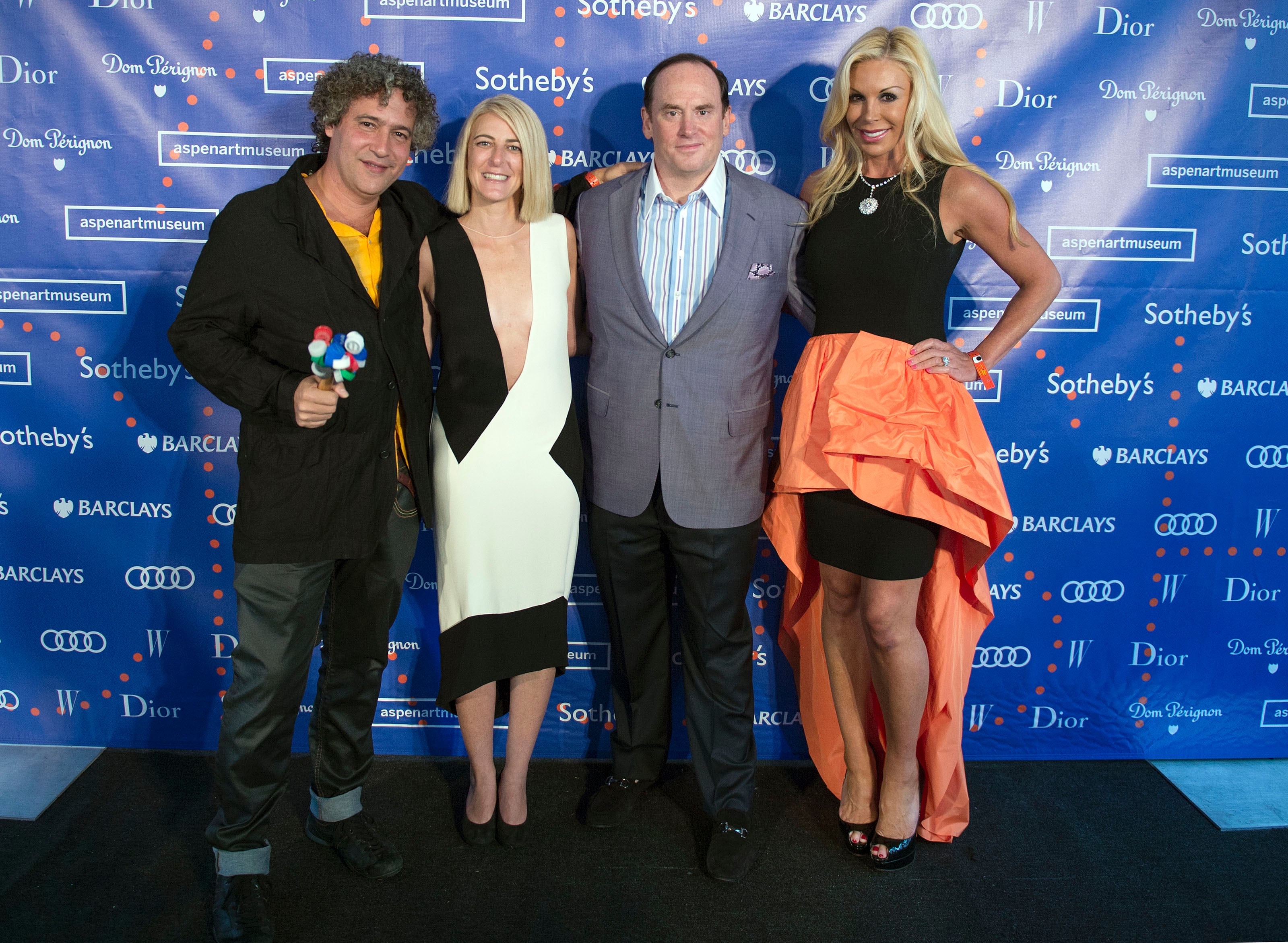ARLINGTON, Virginia — At the Marine Corps birthday wreath-laying ceremony at the Marine Corps War Memorial, the ceremonial marchers have to make sure they walk in line with each other, move their legs exactly at the same time and move their rifles around at just the correct angle.
But the hardest part, according to the commander of one of the companies of precision marchers, which is comprised of infantry Marines, isn’t moving in unison. It’s not moving at all.
For a long portion of the proceedings, the ceremonial marchers have to remain perfectly still.
“We’re pretty much like statues out there,” Capt. Mike Kirnon said after the ceremony Thursday. “And the slightest movement, anybody out there in the crowd can pretty much tell — you can pinpoint us.”
The solemn ceremony commemorated the Marines who have died in service of their country. The President’s Own Marine Band performed, the chaplain of the Marines Corps led a prayer and the commandant of the Marine Corps reflected on Marines’ sacrifices before laying a wreath at the memorial.
RELATED

A key part of the ceremony is the parade of the Marine marchers, whose limbs move in unison down to what looks like the millisecond.
This year, Marines from Marine Barracks Washington trained for this event for hours a day since late September, Kirnon said.
It is because of extensive rehearsal that the Marines can get their feet to hit the ground at exactly the same time, all while looking straight ahead, according to Kirnon.
At one point in the proceedings, the Marines shift their rifles from side to side and up and down, and yet all the rifles remain pointed at the same angle as each other.
“Once you find the sweet spot, you just know to keep going back to that same spot,” Kirnon said, pointing to the place on his arm where he positions his rifle. “It’s all muscle memory.”
The ceremonial marchers take their role seriously, Kirnon said.
“The way I like to think about it is, if I come out here and I do my very best and people see us and no one’s moving, we’re all in line, we all have some type of what seems to be discipline, I can inspire the future generations of Marine Corps officers or enlisted,” he said.
Inspiring Marines was also a central theme of the speech given by Gen. David Berger, the commandant of the Marine Corps, who reflected on the Corps’ legacy of sacrifice and service.
He singled out three late Marines as exemplars of this legacy. Gen. Paul X. Kelley, the 28th commandant, who served during the Corps’ transformational mid-century decades, was the first. The second was Lt. Gen. Frank Petersen, a decorated aviator and the first Black Marine general.
The third — and least famous — was Maj. Kurt Chew-Een Lee. The first Asian American Marine officer, he was awarded a Navy Cross and a Silver Star for his role in combat during the Korean War.
“He earned the Navy Cross with a sling on his arm and a bullet in his shoulder,” Berger said. “That’s leadership.”
Following the speech, Berger laid a wreath at the base of the monument, in front of the inscription that reads, “Uncommon valor was a common virtue.”
Thursday was Berger’s last birthday as the No. 1 Marine; his term as commandant ends in July 2023.
Irene Loewenson is a staff reporter for Marine Corps Times. She joined Military Times as an editorial fellow in August 2022. She is a graduate of Williams College, where she was the editor-in-chief of the student newspaper.





